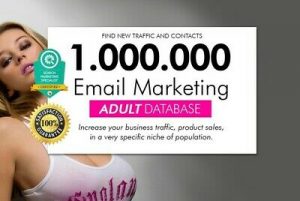Understanding Email Marketing
Email marketing refers to the practice of sending promotional messages or advertisements to a target audience through email. It is an effective way to reach out to potential and existing customers and can be an important part of a company’s overall marketing strategy.
One of the main benefits of email marketing is its cost-effectiveness. It is generally much cheaper to send an email than it is to send a physical mailer or to run a television or print advertisement. Additionally, email marketing allows for targeted messaging, as businesses can create email lists segmented by interest, location, or other factors. This enables businesses to send highly relevant and personalized messages to their audience.
Another advantage of email marketing is the ability to track and measure the success of campaigns. There are a variety of tools and metrics available to help businesses gauge the effectiveness of their emails. These include open rates, click-through rates, and conversion rates. By analyzing this data, businesses can determine which strategies and techniques are working and which ones are not, and adjust their campaigns accordingly.
However, there are also potential challenges to email marketing. One of the main challenges is the risk of being marked as spam. To avoid this, it is important to follow best practices such as obtaining explicit consent from recipients before sending emails, using clear and accurate subject lines, and including an easy opt-out option. Additionally, it is important to follow all relevant laws and regulations, such as the CAN-SPAM Act in the United States, which sets out rules for commercial email messages.
There are several different types of email marketing campaigns that businesses can use. One common type is the newsletter, which is a regular email that is sent to subscribers and typically includes updates about the business, industry news, and special offers. Another type is the promotional email, which is a one-time email that is sent to promote a specific product or service. Transactional emails are another type, which are emails that are triggered by a specific action, such as a customer making a purchase or abandoned cart emails.
To create an effective email marketing campaign, there are several key steps that businesses should follow.
First, it is important to define the goals of the campaign. This could include increasing brand awareness, generating leads, or driving sales. Once the goals have been established, the next step is to identify the target audience. This involves creating a list of email subscribers, segmenting the list based on characteristics such as location, age, or interests, and creating relevant and personalized content for each segment.
Next, businesses should design the email itself. This includes choosing an email platform, creating a subject line and header, and designing the layout and content of the email. It is important to keep the design simple and easy to read, and to include clear calls to action to encourage recipients to take a desired action.
Once the email has been designed, the next step is to test and optimize it. This involves sending test emails to a small group of people and using tools such as A/B testing to determine which elements of the email are most effective. Based on the results of the testing, businesses can make adjustments to the email to improve its performance.
Finally, it is important to measure the success of the email marketing campaign. This involves tracking metrics such as open rates, click-through rates, and conversion rates, and using this data to identify areas for improvement.
In conclusion, email marketing is a cost-effective and targeted way for businesses to reach out to potential and existing customers. By following best practices, defining goals, identifying and segmenting the target audience, designing and testing the email, and measuring the results, businesses can create effective email marketing campaigns that drive success.









